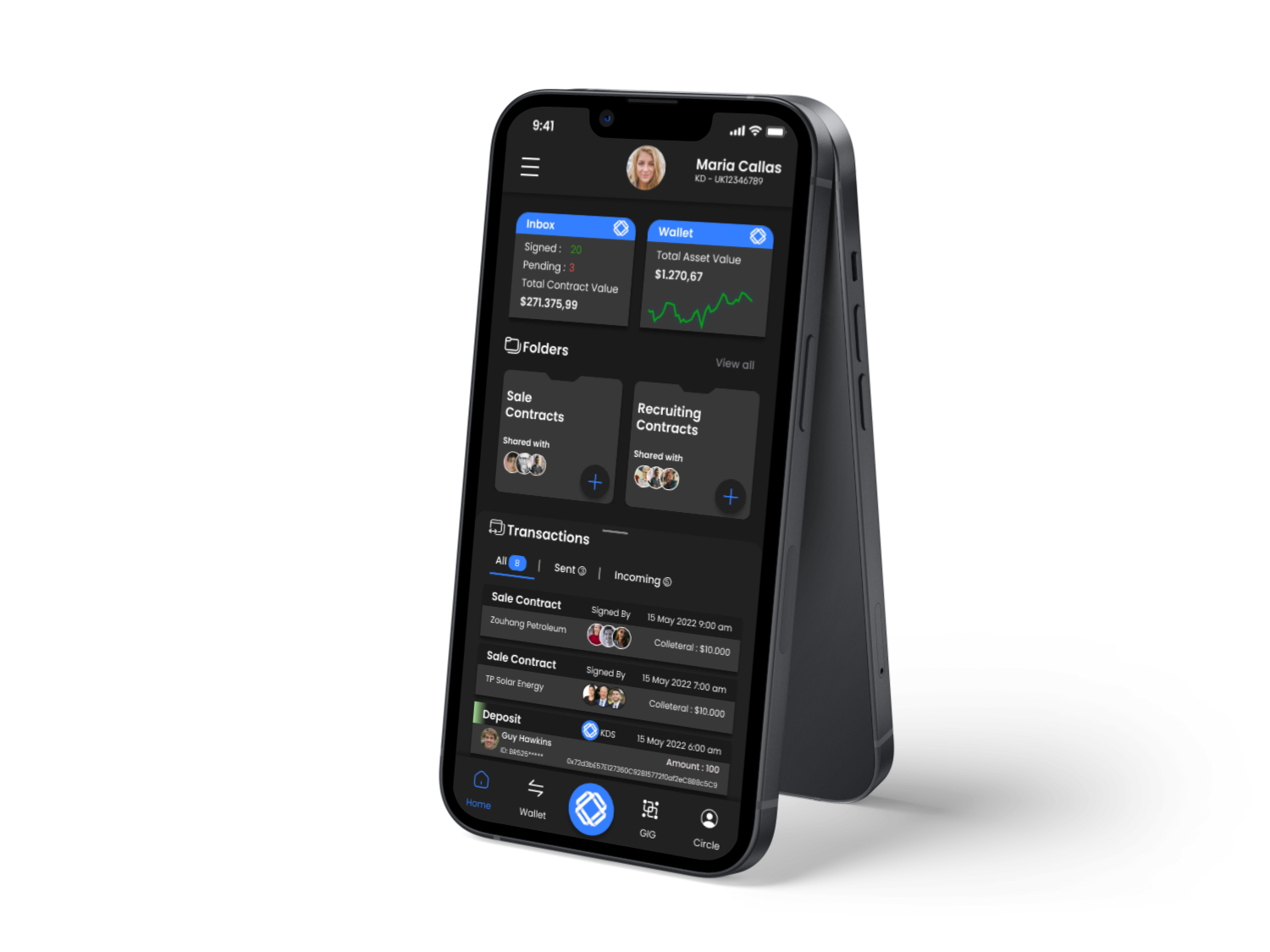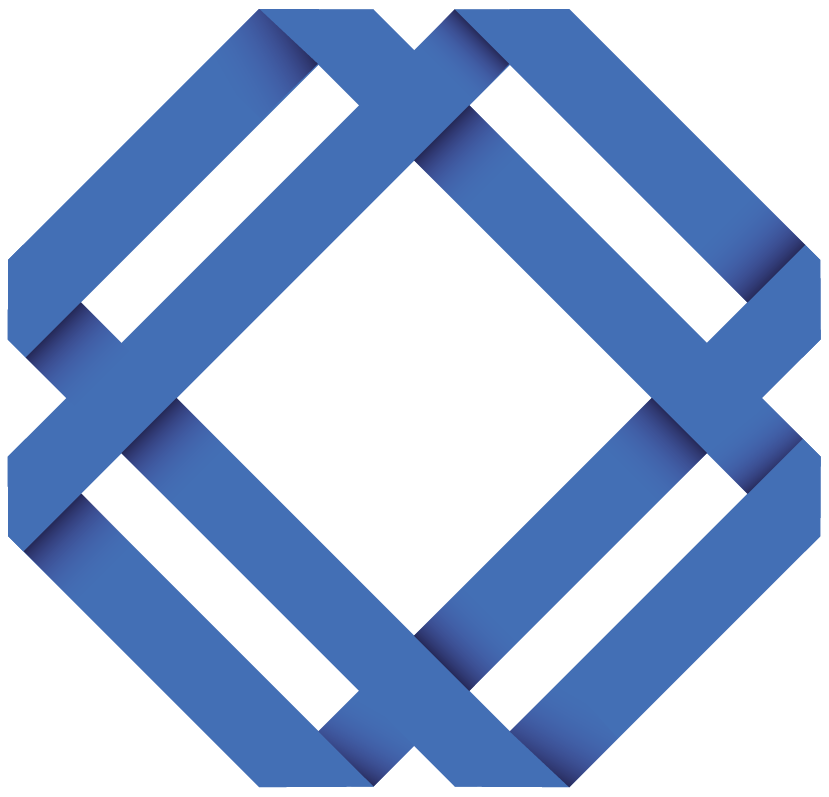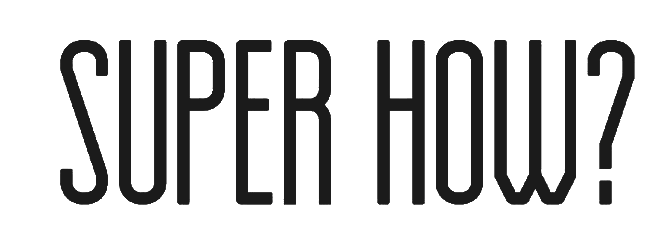Q3-2023
Blueprint preparation
Organizing the team
Planing of token allocation
Planning of tokenmetrics
Marketing strategy development
Q4-2023
Building the website
Opening social media accounts
Marketing and advertising
Partnership Agreements
Press release
Q1-2024
Kadesh Development Start
Kadesh Chain Testnet
Kadesh Chain Devnet
Kadesh Chain Explorer
Kadesh Wallet Beta
Q2-2024
Auditing & Marketing
Presale
DEX listing
CMC & Coingecko listing
Q3-2024
IEO & CEX Listings
Marketing Agreements
Kadesh App Beta Version
Press Release
Kadesh Chain Mainnet
Q4-2024
CEX Listings
Marketing campaign
Kadesh App V2
Kadesh Chain Mainnet
Kadesh BioSmart API Release
Kadesh Will Release



















